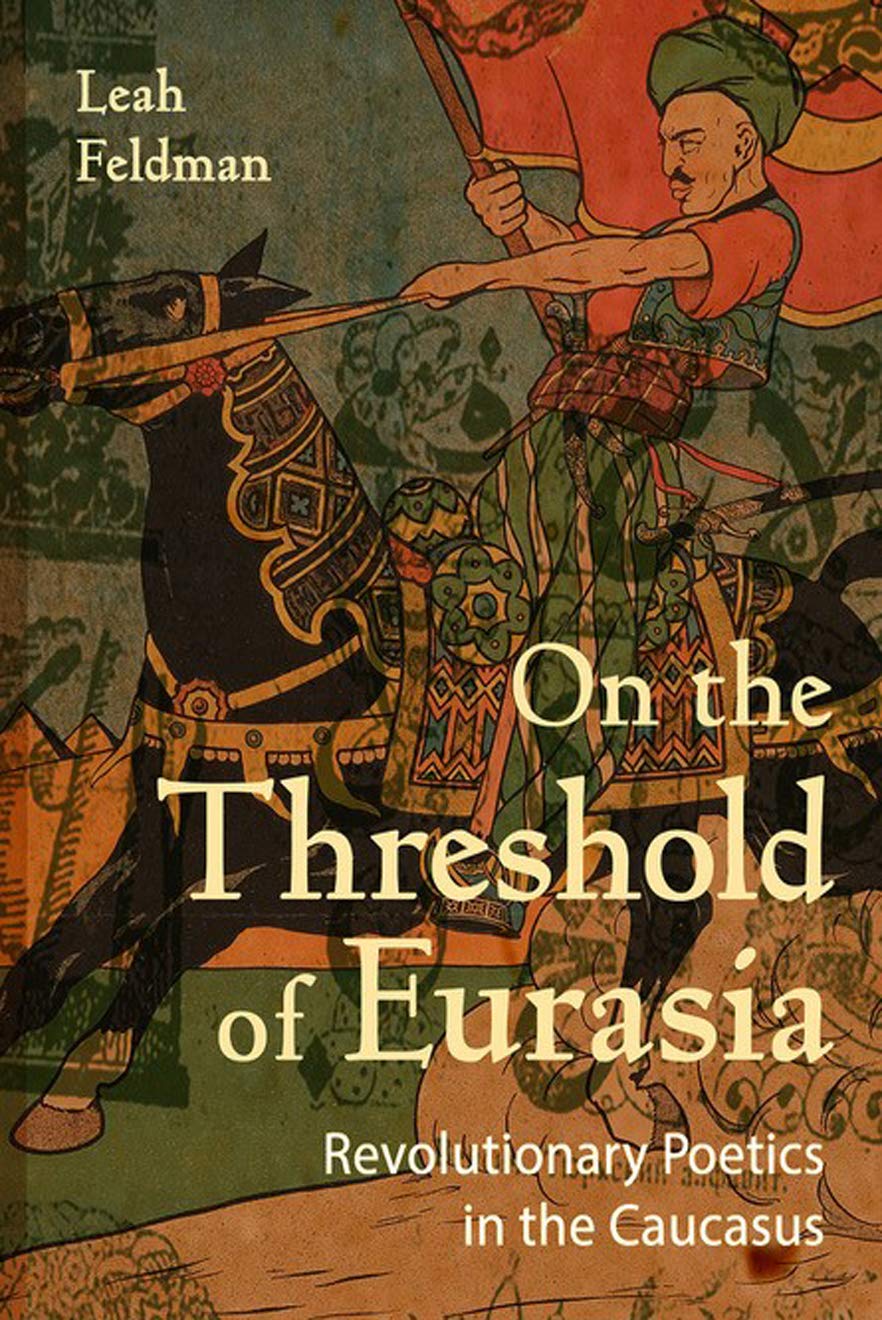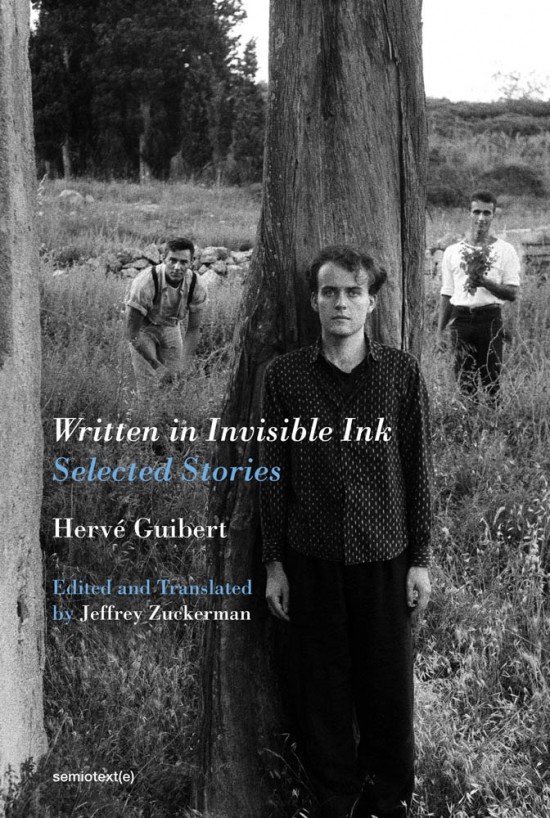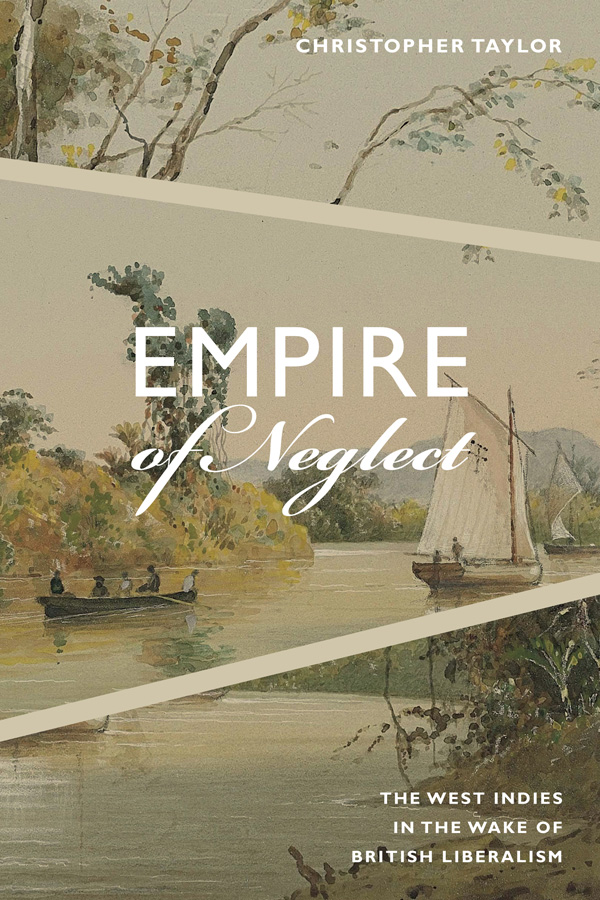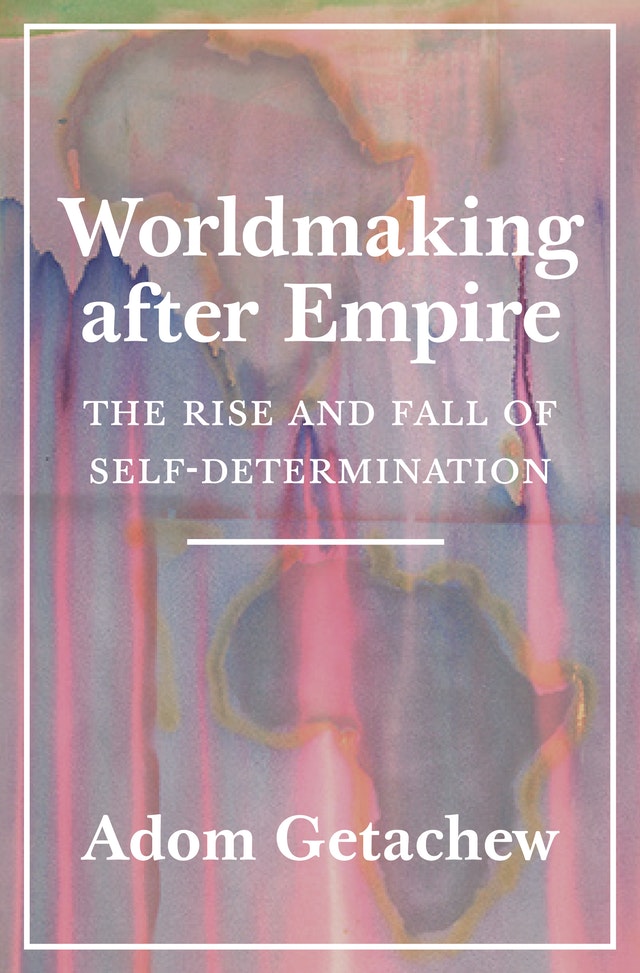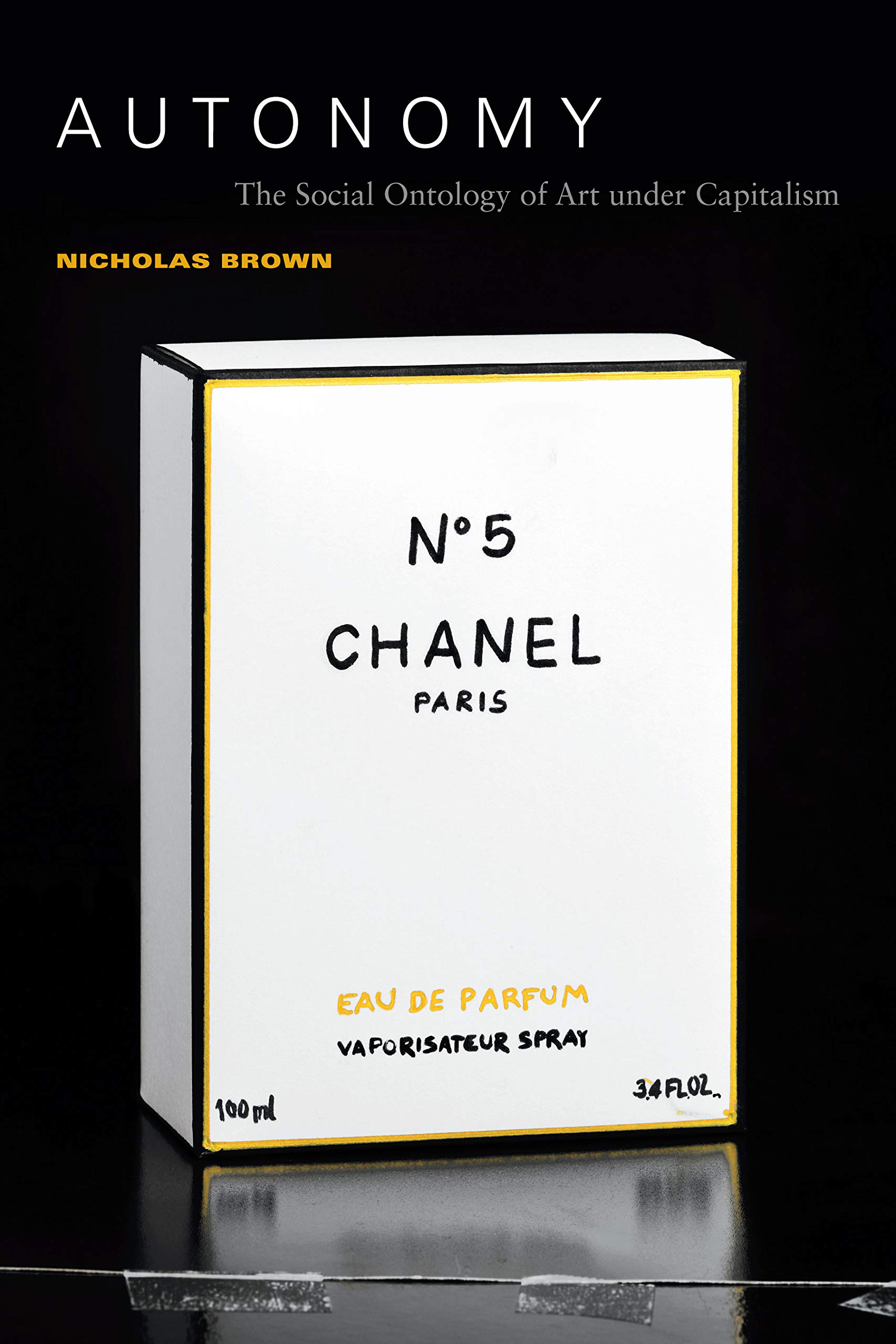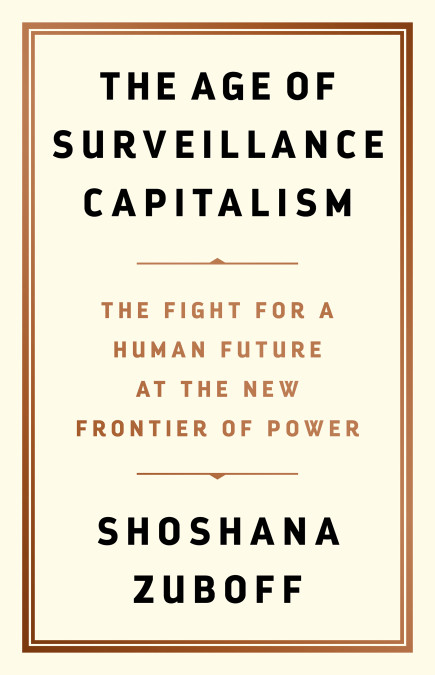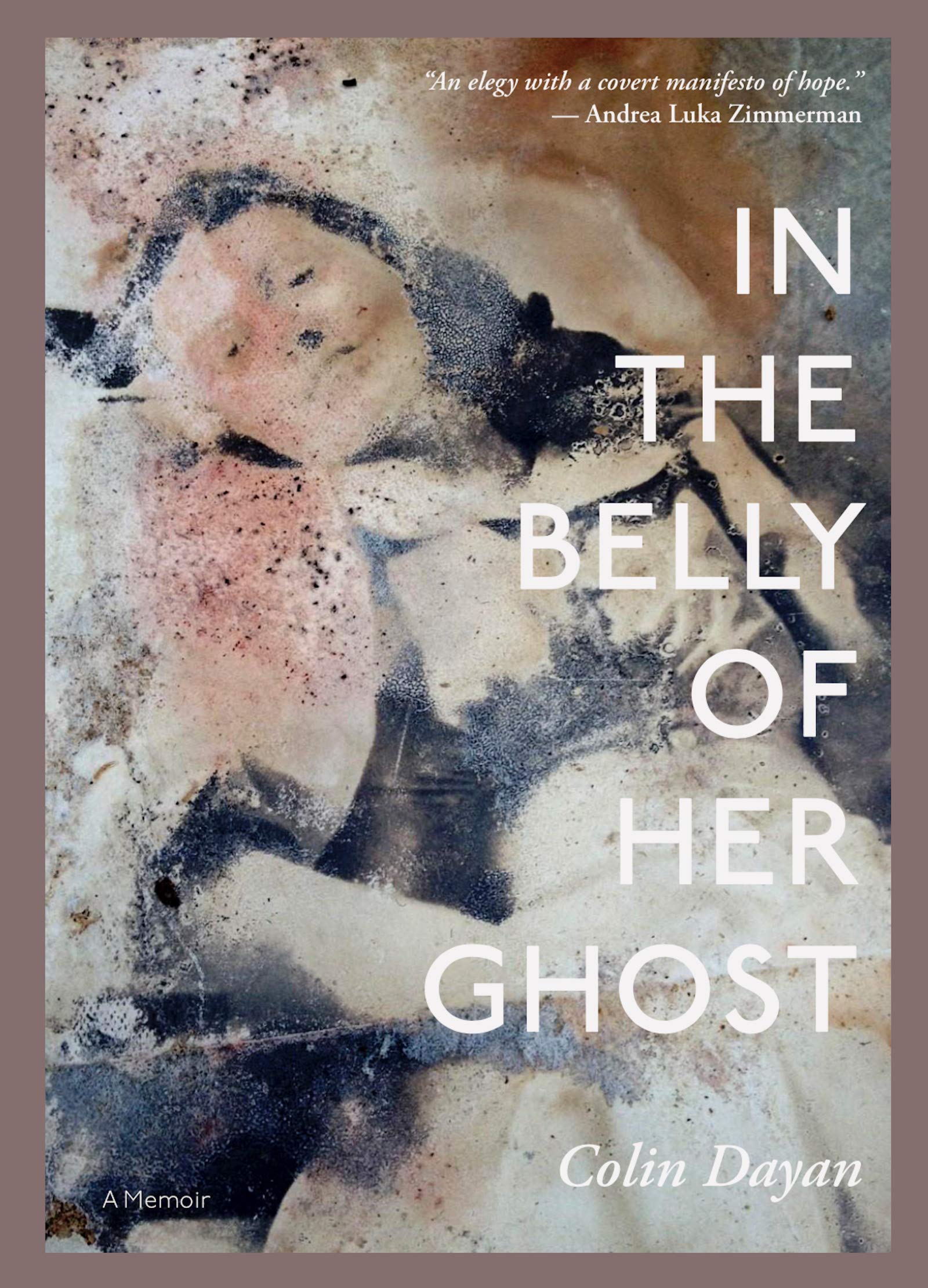Review of Leah Feldman, On the Threshold of Eurasia: Revolutionary Poetics in the Caucasus (Ithaca: Cornell University Press, 2018)
By Ali Behdad
Edward Said’s 1978 Orientalism has been one of the most influential works in modern literary studies. As a political critique of European representations of the “Orient,” this pioneering text galvanized into existence the vital fields of postcolonial theory and criticism in the United States academy. Orientalism not only riveted the attention of the intellectual establishment on the issue of colonial power by rigorously interrogating the ideological underpinnings of familiar scientific and artistic representations of “otherness” in modern European thought, but it also played a pivotal role in shifting the focus of literary, aesthetic, and cultural criticism from a concern with apolitical formalism to political history. To be sure, from the very moment of its publication, Said’s groundbreaking work attracted more than its fair share of critics. While reactionary commentators such as Bernard Lewis and Robert Irvine[1] attacked Said for misrepresenting the project of Orientalism, the more intellectually rigorous scholars like Ajaz Ahmad and James Clifford challenged Orientalism’s “high humanism,” while taking issue with its use of Foucault’s theory of knowledge-power and indicting its omission of German and Russian Orientalisms.[2]
Despite this barrage of criticism, Said’s almost singularly generative text inspired a whole new generation of scholars who have developed his critique by exploring its implications in novel, and sometimes unexpected, arenas. Scholarly engagements with Orientalism initially were marked by critical revisionism. Lisa Lowe and I, for example, built on Said’s critique of the complicity of European knowledge about the Middle East in the history of Western colonialism by elaborating the complexities of power relations between French and British Orientalists and their objects of representation.[3] Rejecting the monolithic account of Orientalism as a reductive and one-directional discourse of power, we independently argued that difference, ambivalence, and heterogeneity are the fundamental attributes of Orientalist discourse that have ensured its cultural hegemony and political longevity to this day. Meanwhile other scholars set out to rectify Said’s neglect of German and Russian Orientalisms. For example, while Suzanne Marchand has traced the origins of German Orientalism to Renaissance philology and early modern biblical exegesis to address its development in the context of debates about religion and classical schooling during the nineteenth century,[4] David Schimmelpenninck van der Oye and Michael Kemper have explored Russian and Soviet Orientalisms as ambivalent, and at times anti-imperialist, modes of representation.[5]
In recent years, scholarly engagement with Said’s Orientalism has been conspicuously marked by methodological and ideological orthodoxy. As Aamir Mufti laments, “At the present moment, at least in literary studies, attention to Orientalism seems to have reverted more or less exclusively to the form of cataloguing representations of this or that social collective in this or that body of Western literature.”[6] Such an approach, Mufti further observes, is partly the consequence of the dominance of an anglophone form of “world literature” in the Euro-American academy that perpetuates the hegemony of English as the language of critique and literary studies. “If Orientalism, despite its wide reputation, remains still a strangely misunderstood and underexplored book,” he explains, “this is possibly because readers in the literary-critical disciplines are generally still not trained to be at ease in at least some of ‘Orientalist’ archives with which it engages, and those readers who are professionally assigned the mastery of those archives in the division of labor in the humanities sometimes respond defensively to its relentless (and occasionally overreaching) criticism of their disciplinary methods and procedures” (28). Considering this predicament, Mufti cogently argues that “the critique of Orientalism must ultimately lead us to the Orientalized spaces themselves” (24).
Leah Feldman’s On the Threshold of Eurasia[7] offers a compelling example of what the exploration of an “Orientalized space” by a scholar “trained to be at ease” in a non-Western Orientalist archive can productively yield. The book is chronologically organized in two parts. The first “recounts the story of Russian and Muslim cultural interactions” during the revolutionary transition and the second “chronicles the gradual disappearance of heterological networks that connected the Russian, Persian, and Ottoman empires with the creation of new forms of Bolshevik national consciousness” (25, 33-34). At first glance, Feldman’s book appears to be a narrowly focused study of a marginalized, if not marginal, body of literary works by Turkic Muslim writers positioned on the periphery of Russian Empire and Soviet Union, during the revolutionary period from 1905 to 1929 when an alternative or avant-garde Azari literary aesthetic emerged. But the book also offers a nuanced account of an unexamined interplay between Russian Orientalism and anticolonial Marxism. The book provides not only a rich portray of Eurasian literary modernity but “an opportunity to critically assess and develop postcolonial theory to accommodate a world literary scope” (26). In these ways, On the Threshold of Eurasia makes important contributions to recent debates in the field of comparative literature concerning translation studies and world literature.
If, as Emily Apter urges us to do, one were to “imagine a program for a new comparative literature using translation as a fulcrum,”[8] On the Threshold of Eurasia would provide a perfect example of what such a program would look like. Like Apter, Feldman views translation studies and comparative literature as commensurable in that both challenge monolingualism to engage in transnational literary and cultural exchanges. In first part of the book, Feldman addresses the reception and translations of canonical Russian writers such as Nikolai Gogol and Alexander Pushkin by Azeri writers Celil Memmedquluzade and Mirze Feteli Axundov. In the opening chapter, Feldman adopts Said’s comparative methodology to read Gogol’s parodic prose contrapuntally alongside Memmedquluzade’s free translations to “illustrate the role of Russian imperial literature more broadly in forging cultural connections and anticipating ruptures between the Muslim South Caucasus, the Russian imperial metropole, and the transnational Turkic Muslim world” (41). In 1909, the Azari writer and critic introduced the figure of “Qoqol,” a transliteration of the Russian realist writer’s name, in the satirical, eight-page Azerbaijani periodical, Molla Nesreddin, which he edited. Memmedquluzade’s stories pivot around the figure of Molla Nesreddin, the infamous Sufi wise man-cum-fool, to create at once a parody of the imperial literature and a new literary language that fuses Turkic, Persian, and Russian references. Far from merely reproducing Gogol’s text, or even borrowing his plotlines, Feldman convincingly argues that Memmedquluzade’s translations of the Russian writer’s works constitute a political form of literary appropriation which “reframed Gogol’s critique of tsarist bureaucracy through the colonial context and reinvisioned the imperial canon through this Turkic translation of Russian prose” (45). The story “Qurbaneli Bey,” for example, which is a translation, or more accurately an adaptation, of Gogol’s 1836 short story “The Carriage,” is set in the South Caucasus and draws on Gogol’s formal devices such as sound repetitions and metonymy to satirize the class pretentions of landowning Russified Azari elite. In so doing, the story draws attention to the ways class and imperial power are imbricated in Russia’s periphery. As Feldman demonstrates, Memmedquluzade’s appropriation of Gogol’s “narrative about the Russian provinces in the context of the imperial Caucasus [thus] undermines the authority of the Russian imperial bureaucracy, while it offers a metacommentary on the unequal processes of linguistic and literary exchange that occur in translation” (60).
In the second chapter, Feldman explores the literary relation of Azeri poets such as Axundov and Abbas Sehhet with Russian Romantic writers like Pushkin and Mikhail Lermontov. If the parodic works of Gogol provided Memmedqulzade with a model of social critique, the works of Russian romantics furnished Azeri poets with a “counterpoint” they used both to imagine “a new civic identity and modern subjectivity” and to negotiate “the intertwining influences of Russian, Ottoman, and Persian poetics into an ethos of empathy, staged in a sublime Caucasus imaginary on the threshold of revolution” (83, 82). The process of translating the works of Russian romantics in this case entailed a multilingual form of textuality that “blended revolutionary politics with classical forms of mystical poetry” (86). Drawing on Paul Ricoeur’s theory of translation and Mikhail Bakhtin’s notion of chronotope, Feldman discusses Axundov’s and Sehhet’s intertextual dialogues with Russian Orientalists, an engagement that generated “a new type of cultural identity based in part on Russian romantic poetics but oriented toward pan-Turkic and pan-Islamic forms of cultural and civic identity” (86). Sehhet’s 1912 translations of European and Russian classics, for example, appropriated Orientalist representations of Caucuses to “render the figure of the Muslim Other with dignity and heroism in his native tongue” (102). As a scholar equipped with knowledge of several languages, including Russian, Persian, and Azeri Turkish, as well as being trained to work in non-Western archives, Feldman is able to insightfully identify Sehhet’s translations as the site of a multi-lingual exchange that draws on Persian and Ottoman literary forms such as ghazal and qaṣīda to “provide a vision of poetic intuition, which reinscribes the search for esoteric knowledge onto the sublime poetic topography of the Russian orientalist canon” (104). Feldman’s reframing of “Azeri literary modernity through spaces of critical dialogue” can serve as a model for a new comparative literature that avoids encoding the kind of neocolonial geopolitics that Anglo-centric or Franco-centric studies of world literature often do, however inadvertently (110). Complicating the postcolonialist binaries of center/periphery and power/resistance, Feldman’s discussion of the dialogical nature of modern Azeri poetry thoughtfully attends to “the interlingual, intercultural, and intersubjective experience of being in the world of the text exposed at the threshold sites of intertextual dialogue” (119).
In the second part of On the Threshold of Eurasia, Feldman demonstrates the broader reach of her argument about the heterodoxy of Azeri poetry in the context of the Soviet annexation of its eastern frontier after the October revolution of 1917. Scholars of early Soviet Russia like Michael Kemper and Boris Groys[9] have demonstrated the continuity between Soviet “red Orientalism” and classical Russian Orientalism on the one hand, and pre- and post-revolutionary Russophone aesthetics on the other. Following their lead, Feldman examines the revolutionary vision of literary modernity of Russian and Russophone Azeri writers in Baku where avant-garde Russian poets immigrated during its annexation from 1919-1920 to avoid censorship, and where Azeri poets fashioned a new Turkic poetry marked by a fusion of Marxist-Leninist aesthetics and Arabo-Persian and Ottoman poetic traditions. In chapter 3, Feldman complicates our understanding of Soviet Orientalism which, like its Russian precursor, relied on the work of literary artists, linguists, and social scientists for its discursive power. Drawing on Jacques Rancière’s critical genealogy of avant-garde art and politics in the Politics of Aesthetics, and mining a wide range of Soviet writers and intellectuals, including Sergei Gorodetsky, Velimir Khlebnikov, Viacheslav Ivanov, Tatiana Vechorka, and Grigory Zinoviev, Feldman elucidates the contours of the Janus-faced project of Soviet Orientalism. While much of the scholarship on Soviet Orientalism focuses either on its opposition to the bourgeois Russian tradition of Oriental scholarship or its support for the liberation of East from Euro-American imperialism, Feldman offers a more nuanced understanding of it as a paradoxical discourse that simultaneously celebrates and rejects the past. She shows that much of the Soviet avant-garde poetry produced between 1919 and 1920 relied on a Russian romantic Orientalist imaginary of the Caucasus while simultaneously aiming to create a Muslim communist subjectivity to free the “brave” Caucasian from the shackles of Euro-American imperialism. As Feldman puts it, “while the image of the Caucasus as the center of the new Soviet Orient formally denounced the imperial imaginary, it simultaneously drew on its discursive power to instrumentalize Muslim support for the Bolshevik revolution, mapping imperial Eurasian geopolitics onto a Marxist-Leninist anti imperial ideological platform” (127).
In the concluding chapter, Feldman engages the formal and ideological ambivalences of post-revolutionary poetry produced by the Azari Writers’ group Red Pens, created by the Soviet Council of Propaganda in 1925. Borrowing Fredric Jameson’s model of narrative as a socially symbolic act, presented in his 1981 The Political Unconscious, Feldman considers a series of works, including Huseyn Cavid’s play Ibis, Nazim Hikmet’s Song of the Sun Drinkers, and Süleyman Rüstam’s From Sadness to Happiness, to trace their role in the formation of a “national Bolshevik political unconscious” and to invent a new Turkic poetics (207). Like their pre-revolutionary counterparts, these poets retained “ties to the romantic symbolism of the Arabo-Persian-Ottoman lyric tradition” (178). Yet, Feldman argues, what distinguishes the works of these writers from those of Memmedqulzade, Axundov and Sehhet is the instrumentality of their art as they repurposed the pan-Turkic oral cultural tradition for propagandist revolutionary purposes. Culturally influenced, if not politically pressured, by the aesthetic materialism of Leon Trotsky and Vladimir Mayakovsky, who considered art a “hammer with which to shape society,”[10] Rüstam and his Red Pen colleagues saw their work as a vehicle to move the supranational Pan-Turkic community towards a Muslim communist future. Both Rüstam and Hikmet, for example, deployed the genre of the Turkic folk ballad to “excite and organize the Muslim worker-reader as central to the creation of postrevolutionary Azeri poetry under the first years of Soviet control” (177).
In “Traveling Theory,” Said warned us that a theoretical or methodological “breakthrough can become a trap, if it is used uncritically, repetitively, limitlessly,” reiterating Raymond Williams’ prescient observation that “once an idea gains currency because it is clearly effective and powerful, there is every likelihood that during its peregrinations it will be reduced, codified, and institutionalized.”[11] It is ironic, but hardly surprising, that this predicament characterizes much of scholarship that has engaged with Said’s Orientalism. Against this background, reading On the Threshold of Eurasia feels like a breath of fresh air, both intellectually and politically. What is refreshing about Feldman’s book is that it avoids the trap of Saidian orthodoxy which would have resulted in an application of Orientalism to the Eurasian context. Instead, Feldman broadens Said’s theoretical insights by attending to the complex “imbrications of imperial and anti-imperial discourses that animate literary representations across the empire and their role in the formation of Russian and Soviet literary modernity” (26). Reading together the poetic representations of the Caucasus by Azeri and Russian/Soviet writers, Feldman thus provides readers with an intricate understanding of not only the “orientalist vision of Eurasia and its attendant Bolshevik Eastern International but also the ways in which these discourses informed the creation of a modern Turkic literary subjectivity” (215).
Ali Behdad is John Charles Hillis Professor of Literature, Professor of English and Comparative Literature, and the Director of the Center for Near Eastern Studies at UCLA. He is the author of Belated Travelers: Orientalism in the Age of Colonial Dissolution (Duke University Press, 1994), A Forgetful Nation: On Immigration and Cultural Identity in the United States (Duke University Press, 2005), Camera Orientalis: Reflections on photography of the Middle East (University of Chicago Press, 2016), and the co-editor of A Companion to Comparative Literature (Blackwell, 2011) and Photography’s Orientalism: New Essays on Colonial Representation (Getty Research Institute, 2013).
[1] Bernard Lewis, “the Question of Orientalism,” Islam and the West, (Oxford/New York: Oxford University Press, 1993), pp. 99-118; Robert Irwin, For Lust of Knowing: The Orientalists and their Enemies, (London: Allen Lane, 2006).
[2] Ajaz Ahmad, In Theory: Classes, Nations, Literatures (London: Verso, 1992); James Clifford, “On Orientalism,” in Predicaments of Culture (Harvard University Press, 1988), 225–76.
[3] Lisa Lowe, Critical terrains: French and British Orientalisms (Ithaca: Cornell University Press, 1991); Ali Behdad, Belated Travelers: Orientalism in the Age of Colonial Dissolution (Durham: Duke University Press, 1994).
[4] Susan Marchand, German Orientalism in the Age of Empire: religion, Race and Scholarship (Cambridge: Cambridge University Press, 2009).
[5] David Schimmelpenninck van der Oye, Russian Orientalism: Asia in the Russian Mind from Peter the Great to the Emigration (New Haven, CT: Yale University Press, 2010); Michael Kemper, “Red Orientalism: Mikhail Pavlovich and Marxist Oriental Studies in Early Soviet Russia,” Die Welt des Islams 50 (2010): 435-476; Michael Kemper, “The Soviet Discourse on the Origin and Class character of Islam, 1923-1933,” Die Welt des Islams 49 (2009): 1-48.
[6] Aamir Mufti, Forget English! Orientalisms and World Literature (Cambridge, MA: Harvard University Press, 2016), 23.
[7] Leah Feldman, On the Threshold of Eurasia: Revolutionary Poetics in the Caucasus (Ithaca: Cornell University Press, 2018).
[8] Emily Apter, The Translation Zone: A New Comparative Literature (Princeton: Princeton University Press, 2006), 243.
[9] Michael Kemper, “Red Orientalism: Mikhail Pavlovich and Marxist Oriental Studies in Early Soviet Russia,” Die Welt des Islams 50 (2010): 435-476; Boris Groys, The Total Art of Stalinism, Trans. Charles Rougle, (London: Verso, 2011).
[10] As Feldman notes, this statement has been attributed to both Bertolt Brecht and Vladimir Mayakovsky, and further elaborated by Leon Trotsky in his 1924 treatise Literature and Revolution, 179. The Azeri post-revolutionary poets, Feldman further observes, were also inspired by the Marxist spiritualism of the Polish polymath Alexander Bogdanov who in his 1918 essay “The Proletariat and Art” theorized the function of art as the “weapon or tool of the social organization of people” (183).
[11] Edward Said, The World, the Text, and the Critic (Cambridge, MA: Harvard University Press, 1983), 239.
